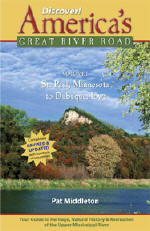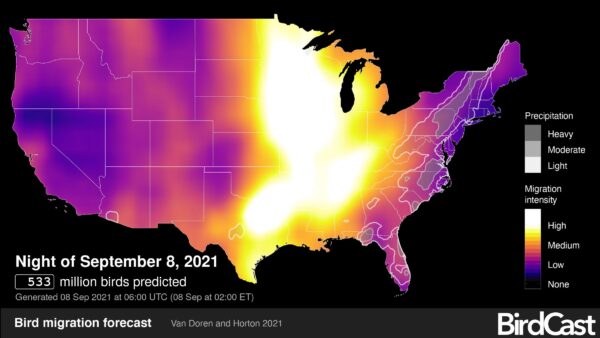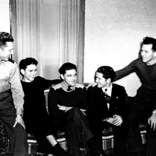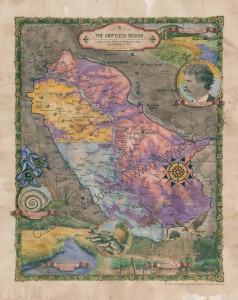Hi Friends and neighbors, very shortly we will be putting our property 1.25 miles east of Stoddard up for sale. This is a heads up, in case you have a friend or relative looking for a beautiful south-facing property in Wisconsin’s Driftless region just 12 miles south along the Mississippi from downtown La Crosse.
The house overlooks a beautiful and varied 54-acre domain of woods, meadow, pristine spring-fed marsh, robust artesian well and hillsides. Fish the property’s 1 mile of frontage along Coon Creek…one of Wisconsin’s most lauded trout streams. The bottoms provide beautiful and silent cross country skiing.
South facing decks on two levels of the bungalow style home and an insulated 3 season room provide beautiful vistas of bluff and valley to south, east and west year around.
The historic 1912 barn stands straight and tall, has a dry hay loft, 2 horse stalls. Great as a walk-in barn for horses or storage for toys and tools. Artesian well just below the house and barn. Historic buggy shed offers a dry home for horse tack, or any other collection that is dear to your heart. Excellent pasture or hay in the meadows, or firewood from the woodlot. Wild grapes and a 35 yr old apple tree as well as perennials make even the yard productive.
Neighbors practice quality deer management so plan your hunt for the big buck! Or watch the hunt from the sun porch or decks! The wetland meadows provide a natural refuge with nesting sandhill cranes, playful otters, muskrats, resident eagle, and fawns are raised annually on the homestead hillsides. Watch Turkeys strut as well as pheasants, trumpeter swans and Virginia Rail which populate your piece of the Mississippi River valley. Listen as Tundra swans fly low to land between Stoddard and Goose Island.
Visit this link on Lisa’s Facebook page for many more pix!
https://www.facebook.com/share/p/XD8GeXUJuKKpkZio/?mibextid=QwDbR1
https://www.facebook.com/share/p/RM2ecck427coJqwe/?mibextid=xfxF2i
For many more pix, please click this link: https://www.zillow.com/homedetails/W987-Cedar-Valley-Rd-Stoddard-WI-54658/113688381_zpid
3 bedrooms, 2 bath home of approx 2500 sq ft. 2 car garage. High topped boat/RV storage off the barn. Hardwood floors throughout the main floor. Finished walk-out basement with family space, laundry, a huge office space. New heat pump, furnace and kitchen appliances. All systems work as they should. Fireplace in living room. Wood stove in basement. Both with stainless steel chimneys. Large open kitchen. New roof on house and barn.
Upstairs is finished with bedroom suite, 1/2 bath, walk in closet. Large attic space is unfinished.
Owner may accept, counter offer, or refuse any offer. Sold as is. Look for more pictures on Zillow (address W987 Cedar Valley Road, Stoddard, WI 54658) or the public Farm for sale album on Lisa Middleton’s facebook page noted above.

Call Rich 309-200-7473 or text Pat at 608-385-2510 for more info (including a map) or to visit the property. Suggested pricing $675,000-$720,000.
Nearly the entire sideyard is shaded by the great oak.
—
:



















